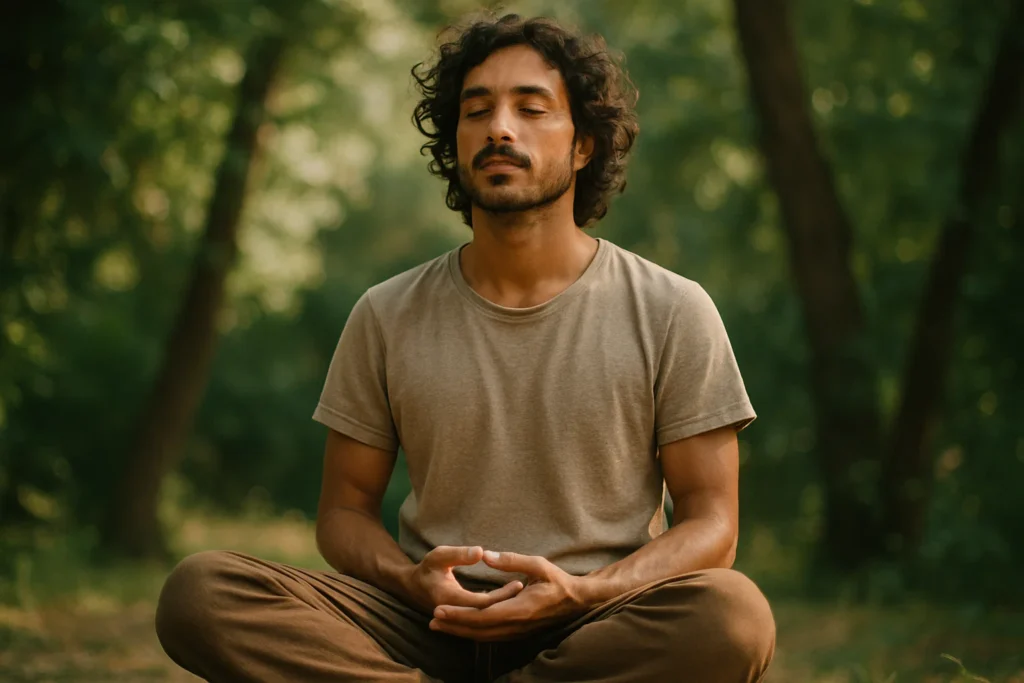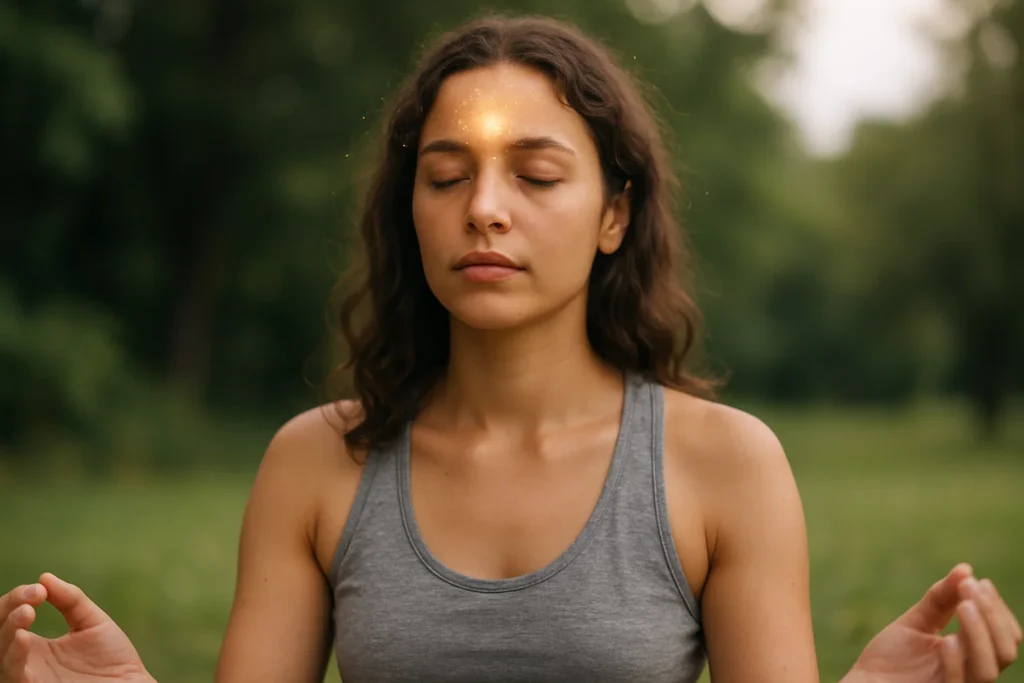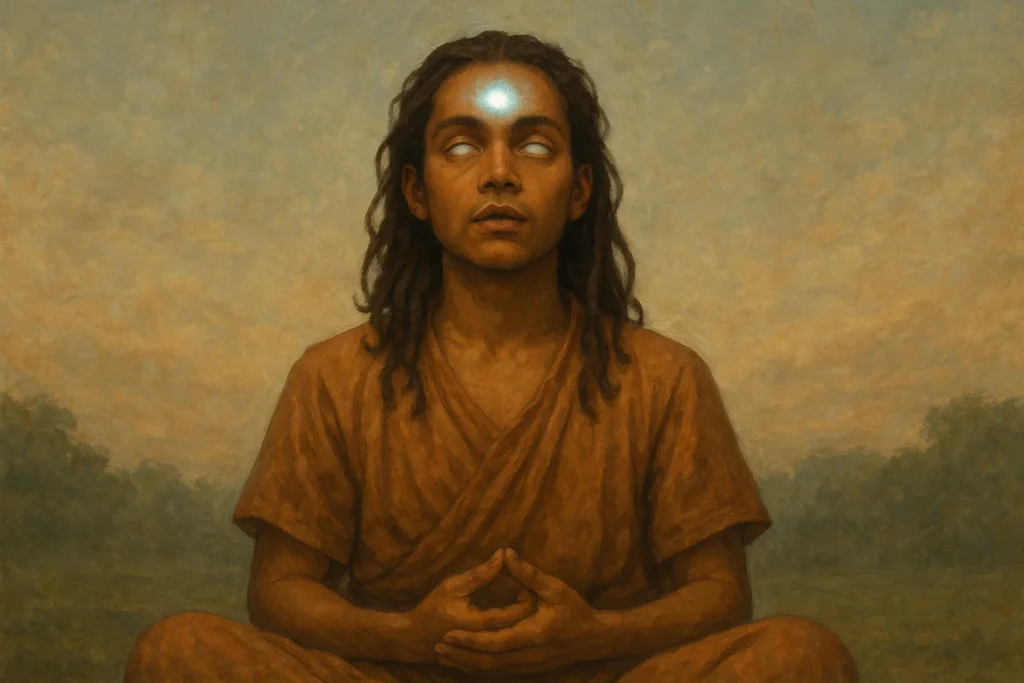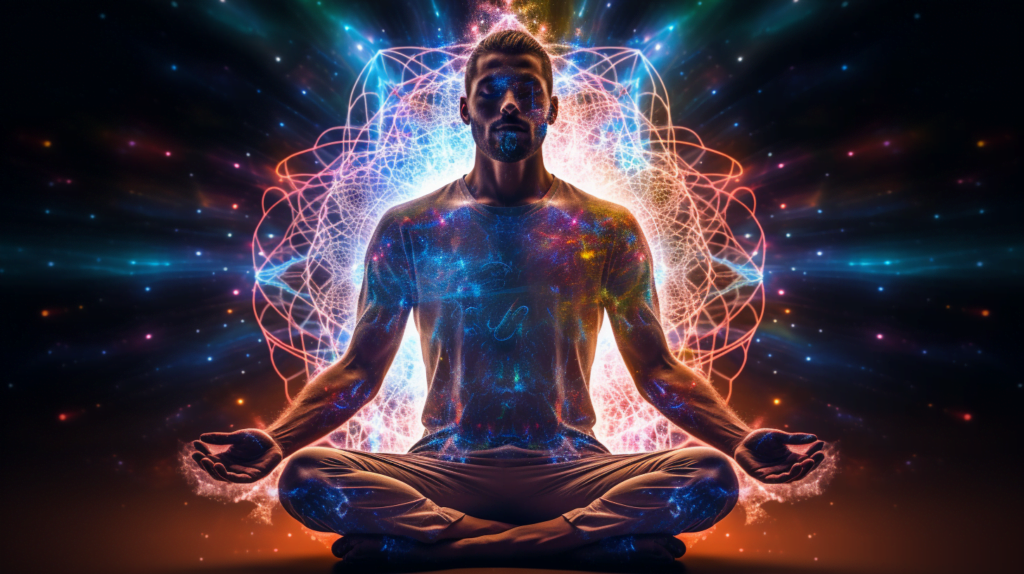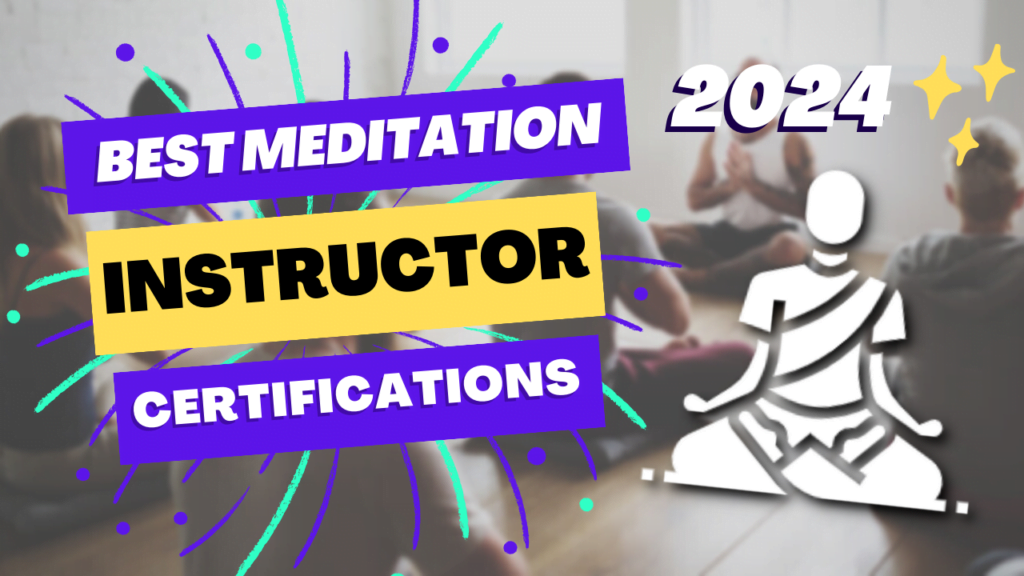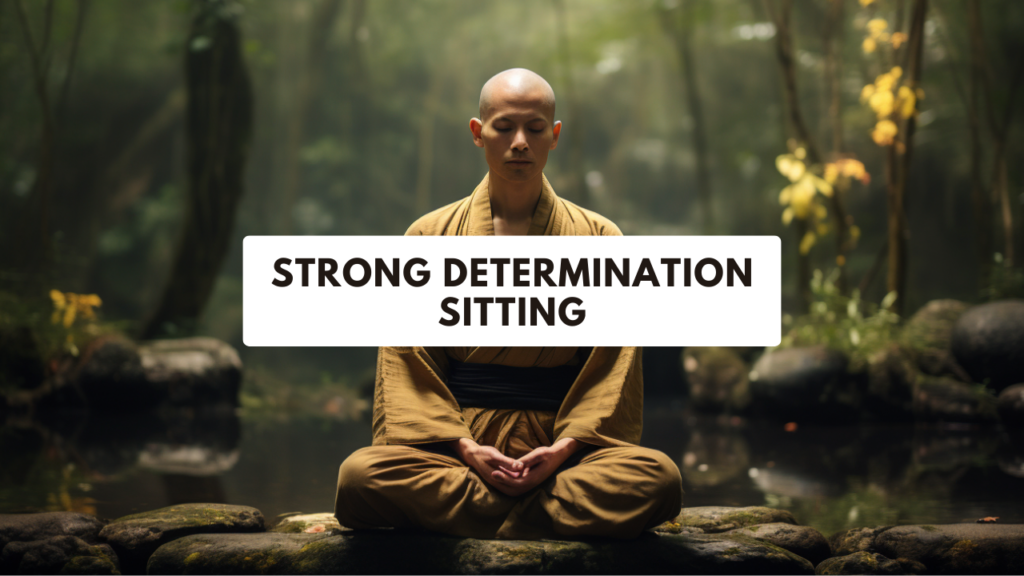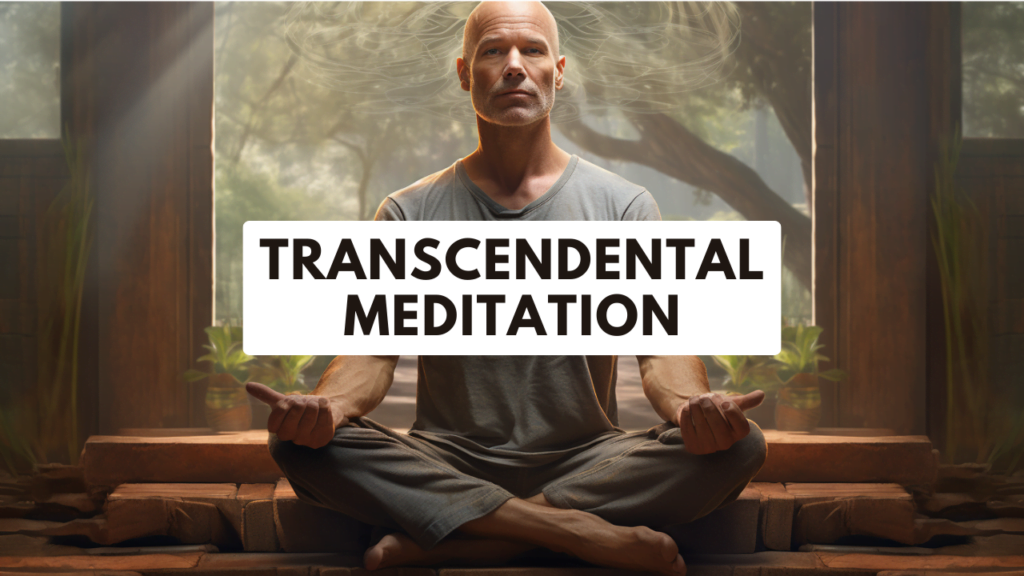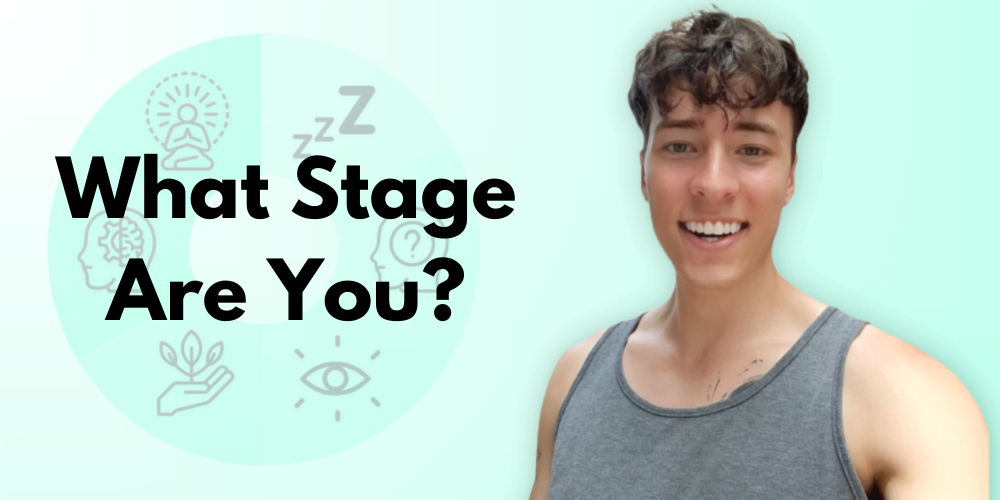Is Losing Sense of Time During Meditation Normal?
You sat down and began to meditate. Next thing you know it’s been 30 minutes! The clock makes no sense. Your internal timekeeper seems to have wandered off. So, is it normal to lose your sense of time during meditation? Yes, definitely. In fact, it might be a sign that you’re starting to drop into a deeper state of presence. It may even be an early taste of samadhi, a state of meditative absorption. What Happens to Time When You Meditate? Time and thought are closely linked. In daily life, our awareness is constantly jumping between memories and plans, past and future. That back-and-forth creates a feeling of time. But in meditation, you start to release that grip. Thoughts slow down. The mind becomes quiet. And when you’re no longer narrating every moment, time starts to feel less linear as there’s less reference points popping up as thoughts. Sometimes your sense of time disappears altogether. This isn’t a bad thing either. it’s actually a sign that your meditation practice is working. You’re starting to land in the present moment so deeply that the usual way of measuring time stops working. A Glimpse of Samadhi? In yogic philosophy, samadhi refers to the state of meditative absorption or union with pure awareness. There are multiple stages of samadhi. Some involving thought and form, others completely beyond them. When someone loses track of time in meditation, it’s sometimes a sign that they’ve entered the lower stages of samadhi. In savitarka samadhi the mind remains lightly active but attention becomes laser-focused on a single object like the breath. In this state your sense of the body and time start to fade. You’re not unconscious, you’re absorbed in this state. Even glimpses of this state can cause time to feel warped. That doesn’t mean you’re enlightened now (yippie!) but it could mean that your practice is paying off. A hint that you may be entering into a samadhi state during meditation is this sense of timelessness can be accompanied by feelings of bliss and contentment. Why Else Might This Happen? Beyond spiritual frameworks, there are also physiological and psychological reasons you may lose track of time while meditating: Is It a Sign of Spiritual Awakening? It can be, yes. Spiritual awakening isn’t always flashy or dramatic. Sometimes it begins quietly in these subtle shifts of perception. Losing track of time in meditation might indicate that you’re touching the edges of a timeless awareness. It’s possible you may be starting to dip your toes into an altered or higher state of consciousness where time becomes irrelevant. When It Feels Disorienting or Strange For some, especially early on, this time loss can feel jarring. You might wonder if you fell asleep, or worry that you weren’t fully “there.” But what you’re experiencing is just a light trance or state of presence that’s deeper than usual. The feeling of disorientation often only happens once you finish your meditation session and realize how much time has passed. The meditation session will likely be pleasant, it’s only after you finish that your sense of time will have felt off. Should You Try to Make It Happen? No, trying to force these types of meditation sessions will likely pull you out of them. The mind loves to grasp and label, but samadhi and true stillness can only arise when you’re not striving. Instead, just keep showing up. Sit in silence. Return to the breath. Let your awareness rest. These deeper states will visit when you’re ready. Final Thoughts So, is it normal to lose your sense of time during meditation? Yes. And it may be much more than normal than you think. Whether it’s a fleeting glimpse or a regular part of your practice, trust the process. You’re not floating away, you’re arriving. You’re not losing control, you’re finding something timeless inside yourself. And the best part? You don’t need to force it. Just keep sitting. Keep softening. Keep surrendering.
Is Losing Sense of Time During Meditation Normal? Read More »

